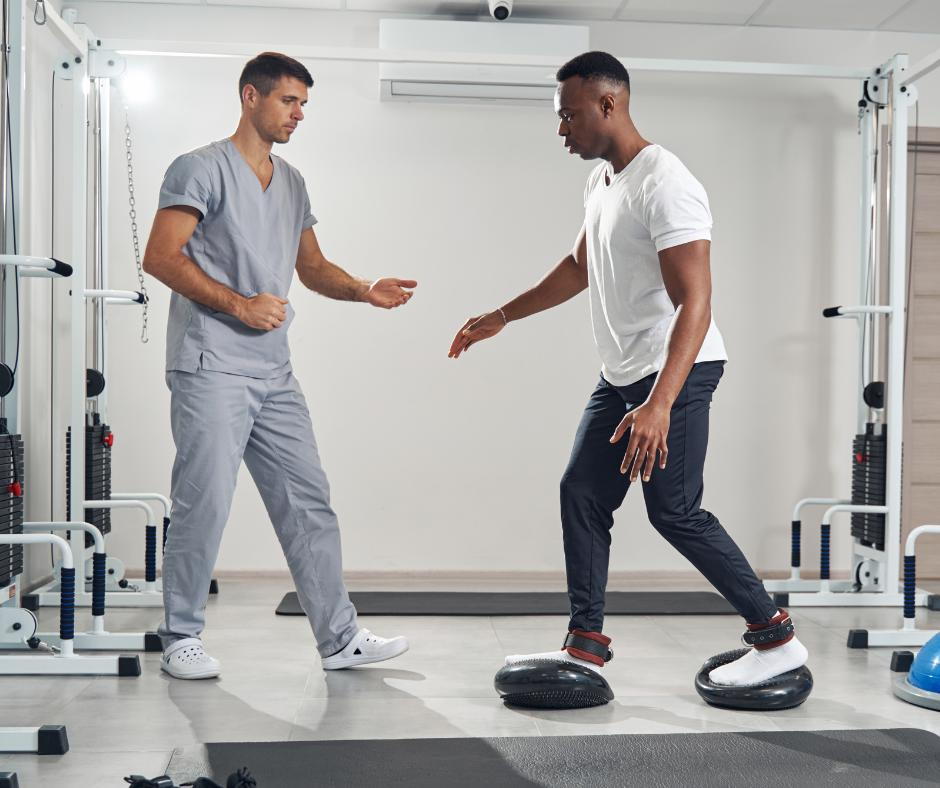
- posted: Aug. 19, 2024
Ankle instability is a common issue that can lead to frequent sprains, discomfort, and reduced mobility. Whether you're an athlete pushing your limits or someone dealing with everyday wear and tear, understanding the causes of ankle instability can help you take preventive measures and seek appropriate treatment. Below, Feet First Foot Care Specialists, LLC explores three common causes of ankle instability along with practical tips to address each one.
1. Previous Ankle Injuries
Impact on Ankle Stability
When an ankle is injured, the ligaments can stretch or tear, resulting in compromised stability. Even after healing, the affected ligaments may remain weaker than before, making the ankle more prone to instability and subsequent injuries.
Preventive Measures and Treatment:
- Rehabilitation Exercises: Engage in physical therapy to strengthen the muscles around the ankle.
- Supportive Footwear: Wear supportive, cushioned shoes to reduce stress on the ankle.
- Ankle Braces: Consider using ankle braces during physical activities to provide extra support and prevent re-injury.
2. Muscle Weakness and Imbalance
Impact on Ankle Stability
Weak or imbalanced muscles can lead to improper gait and uneven weight distribution, making the ankle more vulnerable to twists and turns.
Preventive Measures and Treatment:
- Strengthening Exercises: Incorporate calf raises, toe taps, and ankle circles into your routine to build strength in the ankle and lower leg muscles.
- Balance Training: Practice balance exercises to enhance stability.
- Physical Therapy: A physical therapist can design a personalized exercise program.
3. Poor Foot Mechanics
Impact on Ankle Stability
Poor foot mechanics can alter the alignment and function of the ankle, increasing the risk of instability and injuries.
Preventive Measures and Treatment:
- Custom Orthotics: Consider using custom orthotic insoles to correct foot mechanics and provide better support and alignment.
- Proper Footwear: Choose shoes that match your foot type and gait pattern to improve stability and reduce stress on the ankle.
- Foot Assessment: Consult a podiatrist for a thorough assessment of your foot mechanics and to receive tailored recommendations.
Implementing these strategies can help you maintain a stable, healthy ankle and keep you moving forward with confidence. If you're looking for more guidance on foot health and wellness, come see Dr. Adam Mucinskas and the team at Feet First Foot Care Specialists, LLC! Call our office at 860-632-5499 or click here to schedule your appointment today!
Questions or Comments?
We encourage you to contact us whenever you have an interest or concern about our services.
Call Today (860) 632-5499
162 West St Ste K Cromwell, CT 06416






